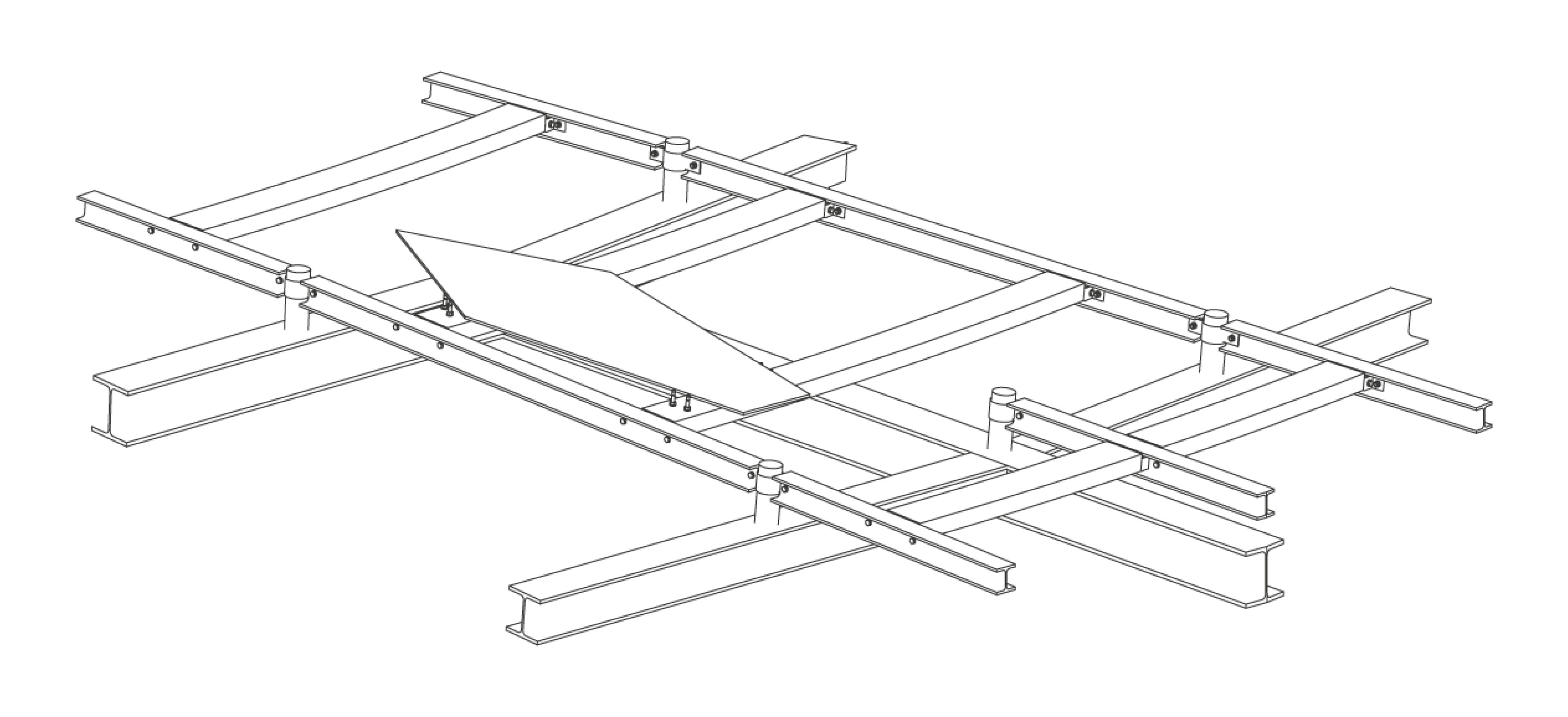The National Museum of Qatar, designed by Ateliers Jean Novel, won the “Best Façade Design and Engineering of the Year 2017” awarded by LEAF (Leading European Architects Forum). INGPHI, who designed and calculated this façade in collaboration with Ateliers Jean Nouvel, is proud to be associated to this price.
The museum, located in Doha, is composed of a multitude of randomly arranged disks to create a gigantic desert rose. The museum’s exhibition space was created by juxtaposing 130 disks ranging from 10 m (33 ft.) to 40 m (131 ft.) in diameter. The façade has a total surface area of 120,000 m² (1.3 million sq. ft.) and is made of 40 mm (1-5/8 in.) thick ultra-high performance fiber reinforced concrete (UHPFRC) panels. The UHPFRC’s high strength, ductility and low porosity meant panel thickness could be reduced to 40 mm (1-5/8 in.) without requiring the use of passive reinforcement, even though the panels are large and the stresses they experience due to wind and temperature variations are extreme. These prefabricated elements are fixed on a secondary metal frame that is attached through needle beams to the main metal frame.
Insulation and waterproofing are only crossed by these needle beams, which limits thermal losses while allowing adjustments of the façade. The UHPFRC also contributed to drastically reducing the amount of concrete and sand used—a significant aspect for sustainable development requirements. The amount of sand estimated to have been saved by using this technical solution is equivalent to a beach in the Maldives.
With this combination of choice, it was possible to solve this architectural challenge posed by this façade with a complex geometry.
Project :






